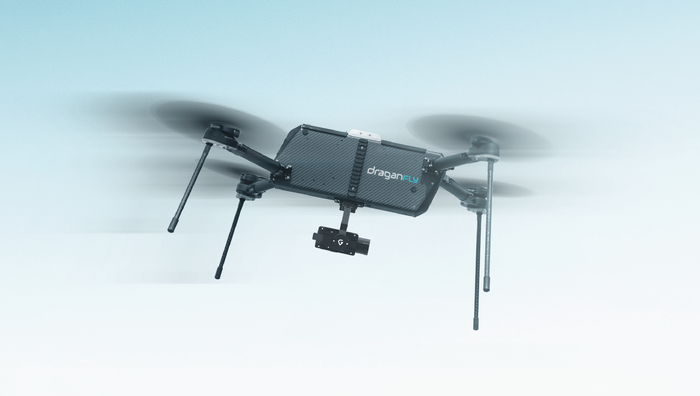Cisco Cybersecurity Portfolio Gets Boost With Splunk AcquisitionCisco Cybersecurity Portfolio Gets Boost With Splunk Acquisition
The deal is Cisco’s largest acquisition to date and comes as cyberattack concerns rise
.jpg?width=1280&auto=webp&quality=95&format=jpg&disable=upscale)
Cisco is set to acquire Splunk, in a $28 billion deal intended to boost Cisco’s cybersecurity offerings.
Under the terms of the deal, Cisco will add Splunk’s observability platform to its security portfolio, providing analytics and monitoring capabilities across a businesses’ data, offering insight on everything from devices to applications to cloud and helping catch potential breaches faster.
The deal marks Cisco’s largest acquisition to date and comes as concerns over cyberattacks are on the rise, with a spate of attacks in major corporations – most recently the MGM hack that took down several systems over several days.
Cisco said the deal builds on its strategy to “securely connect everything,” and on Splunk’s heritage of helping organizations “enhance their digital resilience”.
“Our combined capabilities will drive the next generation of AI-enabled security and observability,” said Chuck Robbins, Cisco’s CEO. “From threat detection and response to threat prediction and prevention, we will help make organizations of all sizes more secure and resilient.”
“Uniting with Cisco represents the next phase of Splunk’s growth journey, accelerating our mission to help organizations worldwide become more resilient while delivering immediate and compelling value to our shareholders,” said Gary Steele, Splunk’s CEO. “Together, we will form a global security and observability leader that harnesses the power of data and AI to deliver excellent customer outcomes and transform the industry.”
The deal is expected to close in the third quarter of 2024 and builds on Cisco’s increasing investment in cybersecurity capabilities. The company acquired four security companies in 2023: threat detection platform Armorblox, identity management Oort and cloud security companies Valtix and Lightspin.
“In today’s hyper-connected world, data is everywhere, with every organization relying on it to run their business and make mission-critical decisions every day,” according to a company statement. “Factoring in the acceleration and adoption of generative AI, expanding threat surfaces, and multiple cloud environments, it creates a level of complexity that is unlike anything organizations have faced. Organizations need a better way to manage, protect, and unlock data’s true value and stay digitally resilient.”
About the Author
You May Also Like








